





























See Also
See Again
© Shutterstock
0 / 30 Fotos
Bayeux Tapestry
- The 11th-century Bayeux Tapestry depicts the events leading up to the Norman conquest of England by William, Duke of Normandy— one of the few successful invasions of Great Britain made via the Channel. Pictured is detail from the tapestry showing ships landing in England and men and horses disembarking. The tapestry is on permanent display at the Musée de la Tapisserie de Bayeux in Bayeux, Normandy.
© Public Domain
1 / 30 Fotos
World's busiest shipping lanes
- The English Channel has traffic on both the UK–Europe and North Sea–Atlantic routes, and is the world's busiest seaway, with over 500 ships per day using the waterway. Pictured is an Automatic Identification System (AIS) display showing traffic in the Channel. Only vessels equipped with AIS are displayed, which excludes most fishing boats, pleasure craft, inland navigation, and vessels less than 300 tonnes.
© Public Domain
2 / 30 Fotos
Channel coastline resorts
- Pictured is Osborne House, the summer retreat of Queen Victoria on the Isle of Wight, the largest island in the Channel. Starting from the late 18th century, settlements on and around the English Channel coastline in England grew rapidly into thriving seaside resorts, bolstered by their association with royalty and the middle and upper classes.
© Shutterstock
3 / 30 Fotos
First person to swim the English Channel
- Captain Matthew Webb (1848–1883), from Dawley in Shropshire, England, became the first person to swim the English Channel, making landfall near Calais on August 24, 1875, after nearly 22 hours in the water.
© Getty Images
4 / 30 Fotos
Tunnel vision
- In 1856, French engineer Aimé Thomé de Gamond presented a proposal to Napoleon III for a mined railway tunnel across the Channel from Cap Gris-Nez to Eastwater Point near Dover, with a port-air shaft facility located midway on the shallow Varne sandbank. A crazy idea?
© Getty Images
5 / 30 Fotos
Channel Tunnel
- Obviously not! Opened in 1994, the Channel Tunnel is the only fixed link between the island of Great Britain and the European mainland. It is 50.5 km (31.4 mi) long and has the longest undersea portion of any tunnel in the world (37.8 km, or 23.5 miles). There are actually three tunnels down there—two for trains and a smaller service tunnel that can be used in emergencies.
© Getty Images
6 / 30 Fotos
Channel landmark
- Mont Saint-Michel in Normandy is one of the most visited and recognizable landmarks on the English Channel.
© Shutterstock
7 / 30 Fotos
First flight across the English Channel
- On July 25, 1909, French aviator Louis Blériot (1872–1936) became world-famous for making the first airplane flight across the English Channel. He did so in 36 minutes and 30 seconds, piloting his Blériot XI monoplane.
© Public Domain
8 / 30 Fotos
Omaha Beach
- The code word "Omaha" refers to an 8-km (5-mi) section of the coast of Normandy, where on June 6, 1944 American troops landed as part of the Allied invasion of German-occupied France. Omaha was one of five Normandy beaches targeted for landing on that fateful day, and saw some of the the bloodiest fighting.
© Getty Images
9 / 30 Fotos
Dunkirk evacuation
- A fleet of over 800 vessels crisscrossed the Channel between May 26 and June 4, 1940, to evacuate 338,226 British Expeditionary Force troops trapped at the French port of Dunkirk in a planned withdrawal code-named "Operation Dynamo." Pictured are evacuated troops on a destroyer about to berth at Dover.
© Public Domain
10 / 30 Fotos
German occupation of the Channel Islands
- The Channel Islands were the only part of the British Empire to be occupied by the Wehrmacht (German Armed Forces) during World War II.
© Getty Images
11 / 30 Fotos
Jurassic Coast
- The Jurassic Coast is a UNESCO World Heritage Site on the English Channel coast of southern England. The site spans 185 million years of geological history, and fossil groups found here include crustaceans, insects, mollusks, echinoderms, fish, amphibians, reptiles, and a few mammals.
© Shutterstock
12 / 30 Fotos
Disappearance of Glenn Miller
- The plane in which American big band leader and trombonist Glenn Miller (1904–1944) was traveling disappeared on December 15, 1944 while flying over the English Channel en route to Paris. His body was never recovered.
© Getty Images
13 / 30 Fotos
Widest point
- The Channel's widest point at 240 km (150 mi) lies between Lyme Bay and the Gulf of Saint-Malo (pictured).
© Shutterstock
14 / 30 Fotos
Narrowest point
- The Strait of Dover viewed from Cap Gris-Nez, France. The white cliffs of Dover on the English coast are visible from France on a clear day. The straits are the narrowest point of the seaway, at 34 km (21 mi).
© Getty Images
15 / 30 Fotos
Chausey
- Chausey is a group of small islands, islets, and rocks off the coast of Normandy. Chausey forms part of the Channel Islands from a geographical point of view, however, because it is under French jurisdiction, Chausey is almost never mentioned in the context of the other Channel Islands, which are UK Crown dependencies.
© Shutterstock
16 / 30 Fotos
What's in a name?
- Until the 18th century, the English Channel had no fixed name in English. It had always been known colloquially as the "Narrow Sea." However, the French name la Manche has been used since at least the 17th century, possibly as reference to the Channel's sleeve (French: la manche) shape.
© Shutterstock
17 / 30 Fotos
The most hazardous geological feature
- The Goodwin Sands, a 16-km-long (10-mi) sandbank at the southern end of the North Sea and set close to the major shipping lanes through the Strait of Dover, has claimed thousands of vessels. Tides and currents are constantly shifting the sands making Goodwin the most hazardous geological feature in the Channel, though the less well known Varne Bank is also a constant concern for both British coastguards and shipping. Pictured is the wreck of the SS Mahratta on the Goodwin Sands in 1909.
© Public Domain
18 / 30 Fotos
Île Vierge
- Île Vierge, an islet lying 1.5 km (0.93 mi) off the north-west coast of Brittany, marks the south-western limit of the English Channel. It is the location of the tallest stone lighthouse in Europe, completed in 1845 and pictured here standing 33 m (108 ft) over its early 20th-century counterpart.
© Shutterstock
19 / 30 Fotos
Deepest point in the English Channel
- Hurd's Deep is an underwater valley located northwest of the Channel Islands. Its maximum depth is about 180 m (590 ft), making it the deepest point in the English Channel. The valley is seen here running from bottom left to top right on an extract from a 1955 British Admiralty chart.
© Public Domain
20 / 30 Fotos
Danger to shipping
- Over 40% of UK incidents threatening water pollution occur in or very near the English Channel. One of the most recent accidents was the MSC Napoli, which on January 18, 2007 was beached with nearly 1,700 tonnes of dangerous cargo in Lyme Bay (pictured).
© Public Domain
21 / 30 Fotos
Spanish Armada
- The Spanish Armada, a fleet of 130 ships that sailed from Corunna (A Coruña) in 1588, was attacked in the Channel and later scattered by English fireships (vessels loaded with combustibles, or gunpowder) off the coast of Calais.
© Getty Images
22 / 30 Fotos
Oceanic bacteria
- According to National Geographic, the English Channel is home to all the types of oceanic bacteria in the world (or, at least, the vast majority of them).
© Shutterstock
23 / 30 Fotos
Brighton
- The most densely populated city on the English shore of the Channel is Brighton and Hove, with a combined population of 277,103 as of 2021.
© Getty Images
24 / 30 Fotos
Le Havre
- The most densely populated city on the French shore of the Channel is Le Havre, with 172,067 inhabitants as of 2017. In 2005, UNESCO inscribed the central city of Le Havre as a World Heritage Site.
© Shutterstock
25 / 30 Fotos
Flyboard
- On August 4, 2019, French inventor Franky Zapata crossed the English Channel in 22 minutes (with a refueling stop at midpoint) piloting a Flyboard Air, a type of jetpack/hoverboard powered by gas turbines.
© Reuters
26 / 30 Fotos
Channel migrants
- By mid-August 2020, more than 4,000 people had successfully crossed the Channel on small boats from France in the hopes of building a new life in the United Kingdom. Pictured is a French patrol boat escorting a dinghy to an English Border Force vessel 19.3 km (12 mi) from the port of Dover. The dingy was carrying 13 migrants and is believed to have been attempting to cross the Channel to reach England.
© Getty Images
27 / 30 Fotos
Ferry services
- There are currently 15 ferry cross-channel routes connecting the United Kingdom and Ireland with France and the Channel Islands. The paddle steamer Rob Roy was the first passenger ferry to cross the English Channel, on June 10, 1821. Pictured is the port of Dover.
© Shutterstock
28 / 30 Fotos
The Channel by hovercraft
- On July 25 1959, on the 50th anniversary of Louis Blériot's cross-channel flight, the SR.N1 hovercraft crossed the English Channel from Calais to Dover in just over two hours. One of the passengers onboard this inaugural cross-channel flight was Christopher Cockerell, the inventor of the hovercraft. Pictured is the SR.N1 arriving at Dover. See also: Exploring the "Ghost Ship of the Pacific" and historic shipwrecks
© Getty Images
29 / 30 Fotos
© Shutterstock
0 / 30 Fotos
Bayeux Tapestry
- The 11th-century Bayeux Tapestry depicts the events leading up to the Norman conquest of England by William, Duke of Normandy— one of the few successful invasions of Great Britain made via the Channel. Pictured is detail from the tapestry showing ships landing in England and men and horses disembarking. The tapestry is on permanent display at the Musée de la Tapisserie de Bayeux in Bayeux, Normandy.
© Public Domain
1 / 30 Fotos
World's busiest shipping lanes
- The English Channel has traffic on both the UK–Europe and North Sea–Atlantic routes, and is the world's busiest seaway, with over 500 ships per day using the waterway. Pictured is an Automatic Identification System (AIS) display showing traffic in the Channel. Only vessels equipped with AIS are displayed, which excludes most fishing boats, pleasure craft, inland navigation, and vessels less than 300 tonnes.
© Public Domain
2 / 30 Fotos
Channel coastline resorts
- Pictured is Osborne House, the summer retreat of Queen Victoria on the Isle of Wight, the largest island in the Channel. Starting from the late 18th century, settlements on and around the English Channel coastline in England grew rapidly into thriving seaside resorts, bolstered by their association with royalty and the middle and upper classes.
© Shutterstock
3 / 30 Fotos
First person to swim the English Channel
- Captain Matthew Webb (1848–1883), from Dawley in Shropshire, England, became the first person to swim the English Channel, making landfall near Calais on August 24, 1875, after nearly 22 hours in the water.
© Getty Images
4 / 30 Fotos
Tunnel vision
- In 1856, French engineer Aimé Thomé de Gamond presented a proposal to Napoleon III for a mined railway tunnel across the Channel from Cap Gris-Nez to Eastwater Point near Dover, with a port-air shaft facility located midway on the shallow Varne sandbank. A crazy idea?
© Getty Images
5 / 30 Fotos
Channel Tunnel
- Obviously not! Opened in 1994, the Channel Tunnel is the only fixed link between the island of Great Britain and the European mainland. It is 50.5 km (31.4 mi) long and has the longest undersea portion of any tunnel in the world (37.8 km, or 23.5 miles). There are actually three tunnels down there—two for trains and a smaller service tunnel that can be used in emergencies.
© Getty Images
6 / 30 Fotos
Channel landmark
- Mont Saint-Michel in Normandy is one of the most visited and recognizable landmarks on the English Channel.
© Shutterstock
7 / 30 Fotos
First flight across the English Channel
- On July 25, 1909, French aviator Louis Blériot (1872–1936) became world-famous for making the first airplane flight across the English Channel. He did so in 36 minutes and 30 seconds, piloting his Blériot XI monoplane.
© Public Domain
8 / 30 Fotos
Omaha Beach
- The code word "Omaha" refers to an 8-km (5-mi) section of the coast of Normandy, where on June 6, 1944 American troops landed as part of the Allied invasion of German-occupied France. Omaha was one of five Normandy beaches targeted for landing on that fateful day, and saw some of the the bloodiest fighting.
© Getty Images
9 / 30 Fotos
Dunkirk evacuation
- A fleet of over 800 vessels crisscrossed the Channel between May 26 and June 4, 1940, to evacuate 338,226 British Expeditionary Force troops trapped at the French port of Dunkirk in a planned withdrawal code-named "Operation Dynamo." Pictured are evacuated troops on a destroyer about to berth at Dover.
© Public Domain
10 / 30 Fotos
German occupation of the Channel Islands
- The Channel Islands were the only part of the British Empire to be occupied by the Wehrmacht (German Armed Forces) during World War II.
© Getty Images
11 / 30 Fotos
Jurassic Coast
- The Jurassic Coast is a UNESCO World Heritage Site on the English Channel coast of southern England. The site spans 185 million years of geological history, and fossil groups found here include crustaceans, insects, mollusks, echinoderms, fish, amphibians, reptiles, and a few mammals.
© Shutterstock
12 / 30 Fotos
Disappearance of Glenn Miller
- The plane in which American big band leader and trombonist Glenn Miller (1904–1944) was traveling disappeared on December 15, 1944 while flying over the English Channel en route to Paris. His body was never recovered.
© Getty Images
13 / 30 Fotos
Widest point
- The Channel's widest point at 240 km (150 mi) lies between Lyme Bay and the Gulf of Saint-Malo (pictured).
© Shutterstock
14 / 30 Fotos
Narrowest point
- The Strait of Dover viewed from Cap Gris-Nez, France. The white cliffs of Dover on the English coast are visible from France on a clear day. The straits are the narrowest point of the seaway, at 34 km (21 mi).
© Getty Images
15 / 30 Fotos
Chausey
- Chausey is a group of small islands, islets, and rocks off the coast of Normandy. Chausey forms part of the Channel Islands from a geographical point of view, however, because it is under French jurisdiction, Chausey is almost never mentioned in the context of the other Channel Islands, which are UK Crown dependencies.
© Shutterstock
16 / 30 Fotos
What's in a name?
- Until the 18th century, the English Channel had no fixed name in English. It had always been known colloquially as the "Narrow Sea." However, the French name la Manche has been used since at least the 17th century, possibly as reference to the Channel's sleeve (French: la manche) shape.
© Shutterstock
17 / 30 Fotos
The most hazardous geological feature
- The Goodwin Sands, a 16-km-long (10-mi) sandbank at the southern end of the North Sea and set close to the major shipping lanes through the Strait of Dover, has claimed thousands of vessels. Tides and currents are constantly shifting the sands making Goodwin the most hazardous geological feature in the Channel, though the less well known Varne Bank is also a constant concern for both British coastguards and shipping. Pictured is the wreck of the SS Mahratta on the Goodwin Sands in 1909.
© Public Domain
18 / 30 Fotos
Île Vierge
- Île Vierge, an islet lying 1.5 km (0.93 mi) off the north-west coast of Brittany, marks the south-western limit of the English Channel. It is the location of the tallest stone lighthouse in Europe, completed in 1845 and pictured here standing 33 m (108 ft) over its early 20th-century counterpart.
© Shutterstock
19 / 30 Fotos
Deepest point in the English Channel
- Hurd's Deep is an underwater valley located northwest of the Channel Islands. Its maximum depth is about 180 m (590 ft), making it the deepest point in the English Channel. The valley is seen here running from bottom left to top right on an extract from a 1955 British Admiralty chart.
© Public Domain
20 / 30 Fotos
Danger to shipping
- Over 40% of UK incidents threatening water pollution occur in or very near the English Channel. One of the most recent accidents was the MSC Napoli, which on January 18, 2007 was beached with nearly 1,700 tonnes of dangerous cargo in Lyme Bay (pictured).
© Public Domain
21 / 30 Fotos
Spanish Armada
- The Spanish Armada, a fleet of 130 ships that sailed from Corunna (A Coruña) in 1588, was attacked in the Channel and later scattered by English fireships (vessels loaded with combustibles, or gunpowder) off the coast of Calais.
© Getty Images
22 / 30 Fotos
Oceanic bacteria
- According to National Geographic, the English Channel is home to all the types of oceanic bacteria in the world (or, at least, the vast majority of them).
© Shutterstock
23 / 30 Fotos
Brighton
- The most densely populated city on the English shore of the Channel is Brighton and Hove, with a combined population of 277,103 as of 2021.
© Getty Images
24 / 30 Fotos
Le Havre
- The most densely populated city on the French shore of the Channel is Le Havre, with 172,067 inhabitants as of 2017. In 2005, UNESCO inscribed the central city of Le Havre as a World Heritage Site.
© Shutterstock
25 / 30 Fotos
Flyboard
- On August 4, 2019, French inventor Franky Zapata crossed the English Channel in 22 minutes (with a refueling stop at midpoint) piloting a Flyboard Air, a type of jetpack/hoverboard powered by gas turbines.
© Reuters
26 / 30 Fotos
Channel migrants
- By mid-August 2020, more than 4,000 people had successfully crossed the Channel on small boats from France in the hopes of building a new life in the United Kingdom. Pictured is a French patrol boat escorting a dinghy to an English Border Force vessel 19.3 km (12 mi) from the port of Dover. The dingy was carrying 13 migrants and is believed to have been attempting to cross the Channel to reach England.
© Getty Images
27 / 30 Fotos
Ferry services
- There are currently 15 ferry cross-channel routes connecting the United Kingdom and Ireland with France and the Channel Islands. The paddle steamer Rob Roy was the first passenger ferry to cross the English Channel, on June 10, 1821. Pictured is the port of Dover.
© Shutterstock
28 / 30 Fotos
The Channel by hovercraft
- On July 25 1959, on the 50th anniversary of Louis Blériot's cross-channel flight, the SR.N1 hovercraft crossed the English Channel from Calais to Dover in just over two hours. One of the passengers onboard this inaugural cross-channel flight was Christopher Cockerell, the inventor of the hovercraft. Pictured is the SR.N1 arriving at Dover. See also: Exploring the "Ghost Ship of the Pacific" and historic shipwrecks
© Getty Images
29 / 30 Fotos
The enigmatic stories of the English Channel
The fascinating history of the world's busiest shipping area
© Shutterstock
The English Channel is one of the most recognized waterways on the planet. Separating Southern England from northern France, this is the busiest shipping area in the world, with as many as 500 vessels a day plying the narrow seaway.
The scene of battles, invasions, and heroic deeds of endeavor, the English Channel's location has given it immense significance over the centuries. Seen as both a route and a barrier, this celebrated body of water has a history as complex and as unpredictable as the currents and tides that rip through its depths.
Click through the following gallery for an entertaining and fact-finding voyage around the English Channel.
RECOMMENDED FOR YOU

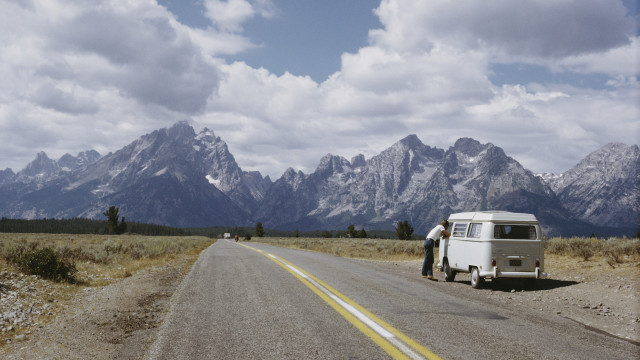
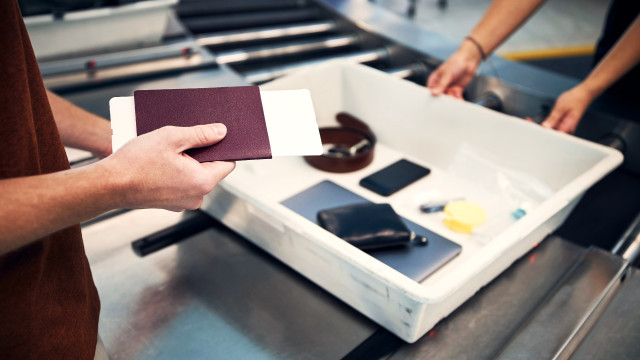
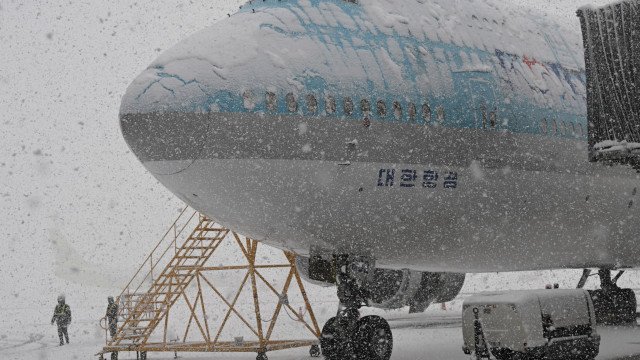
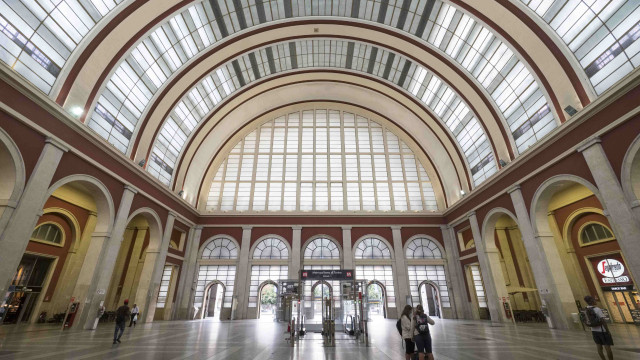
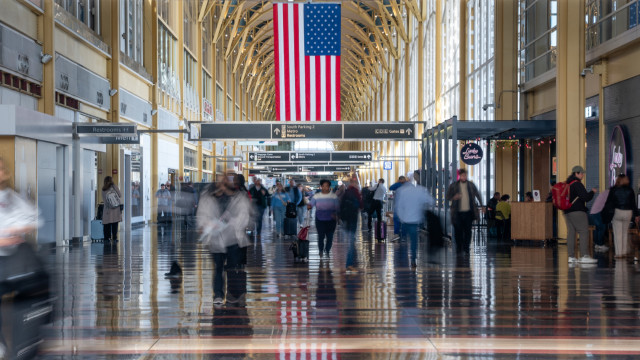
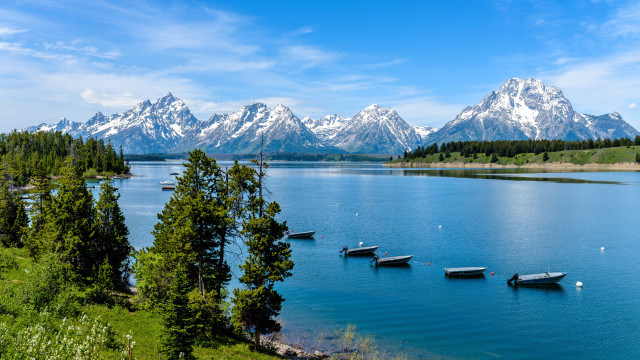

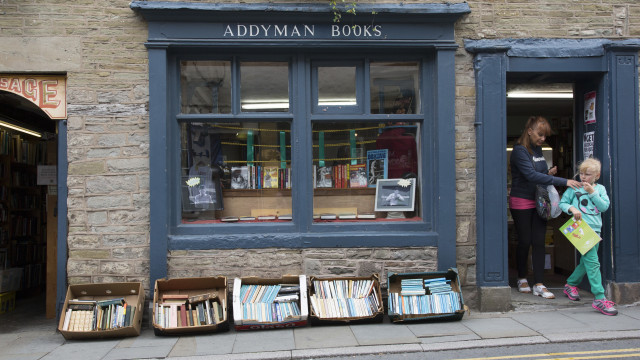


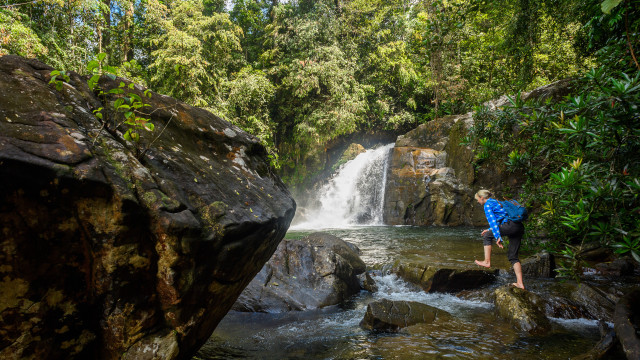
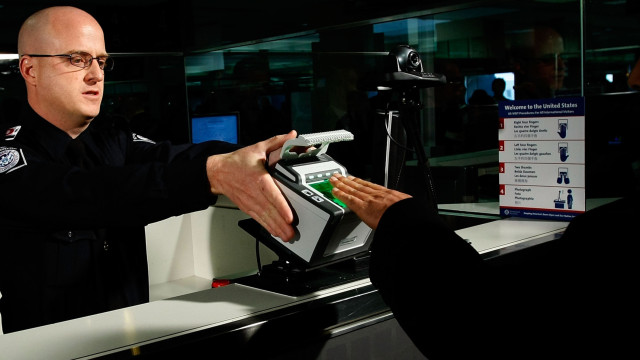

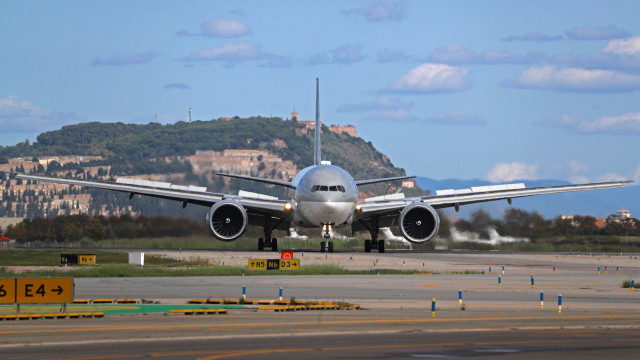







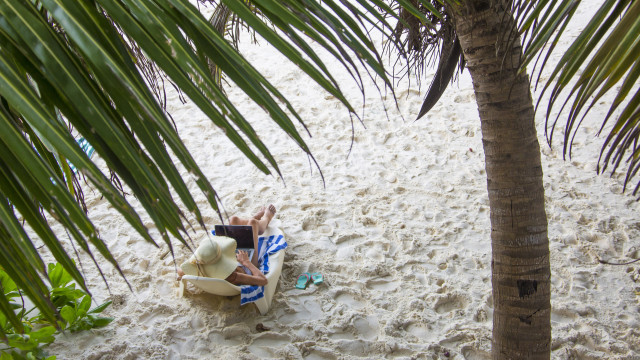
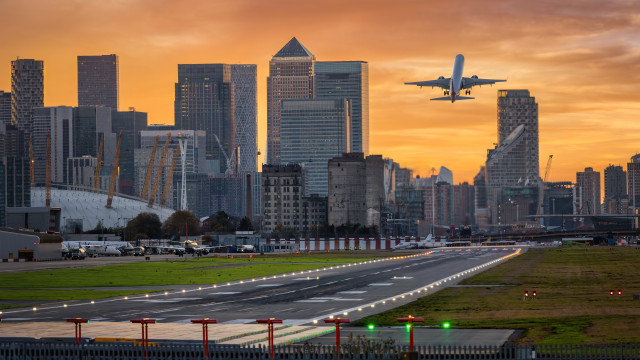
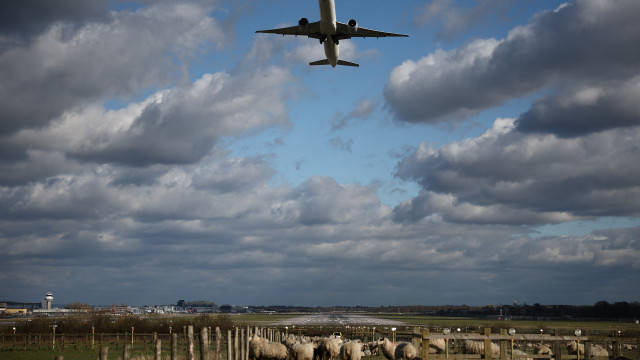



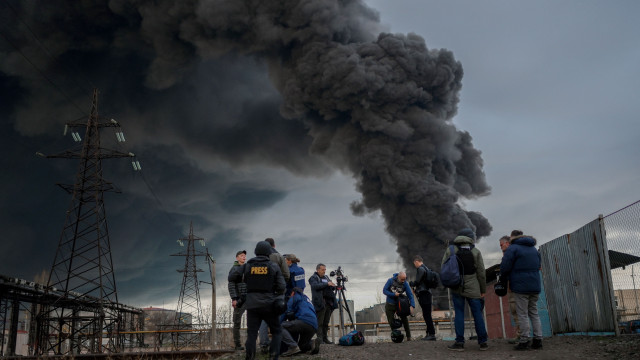

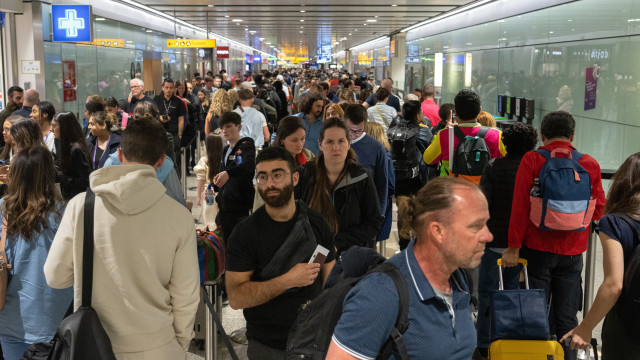





MOST READ
- Last Hour
- Last Day
- Last Week








